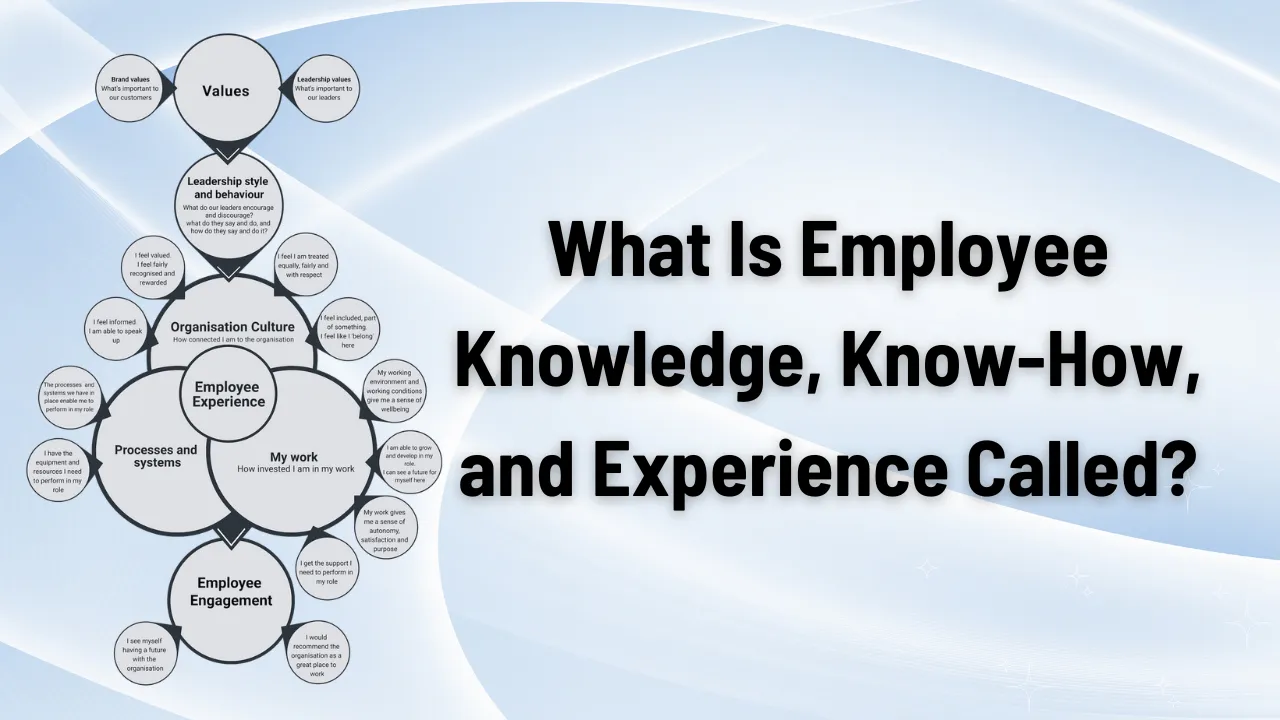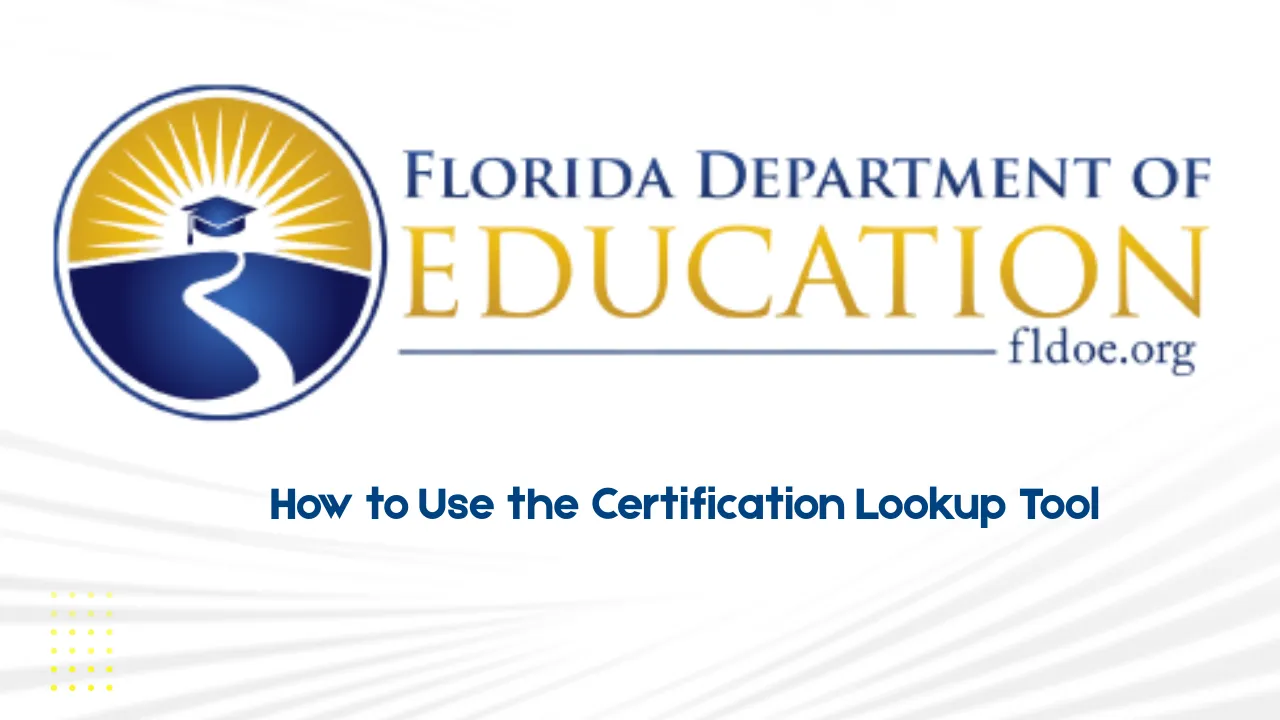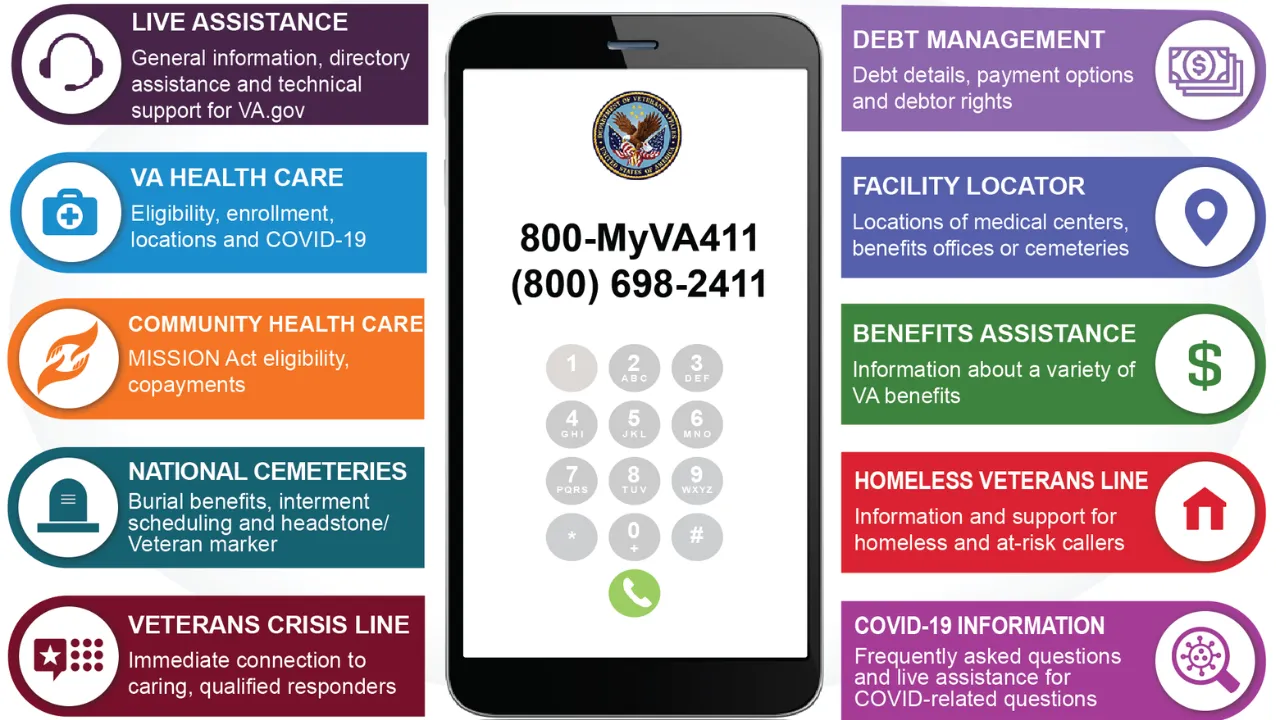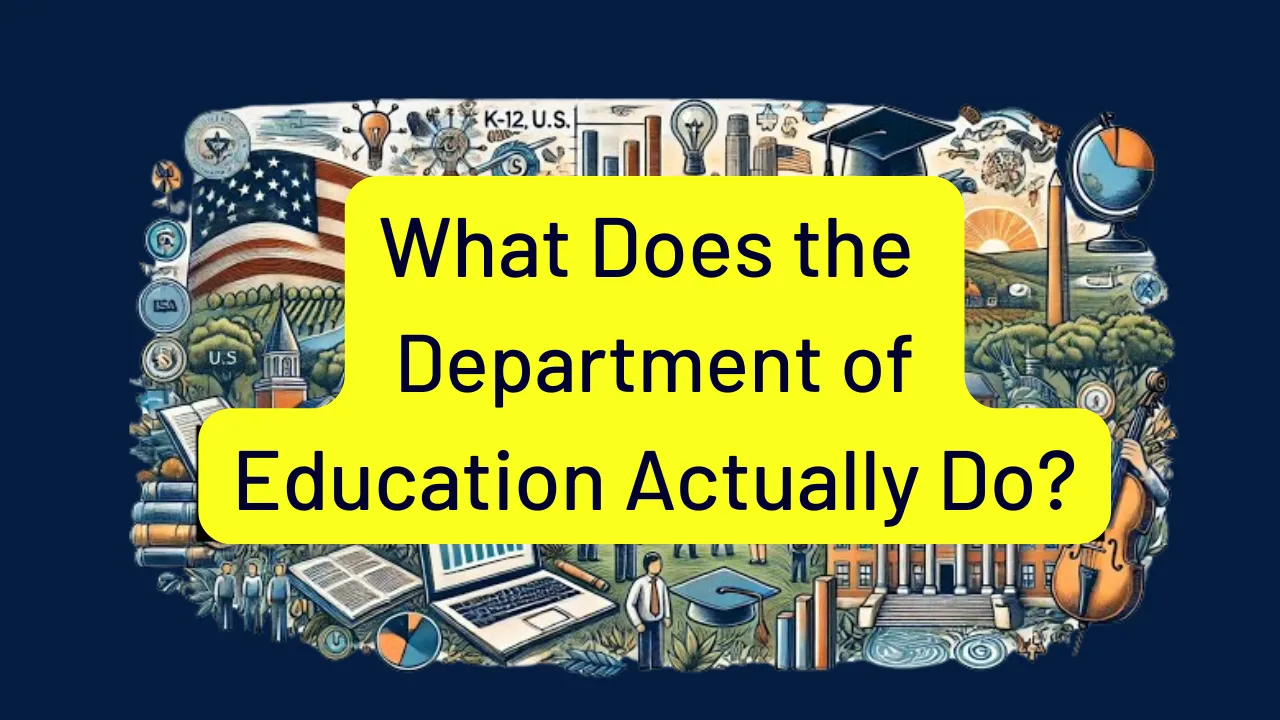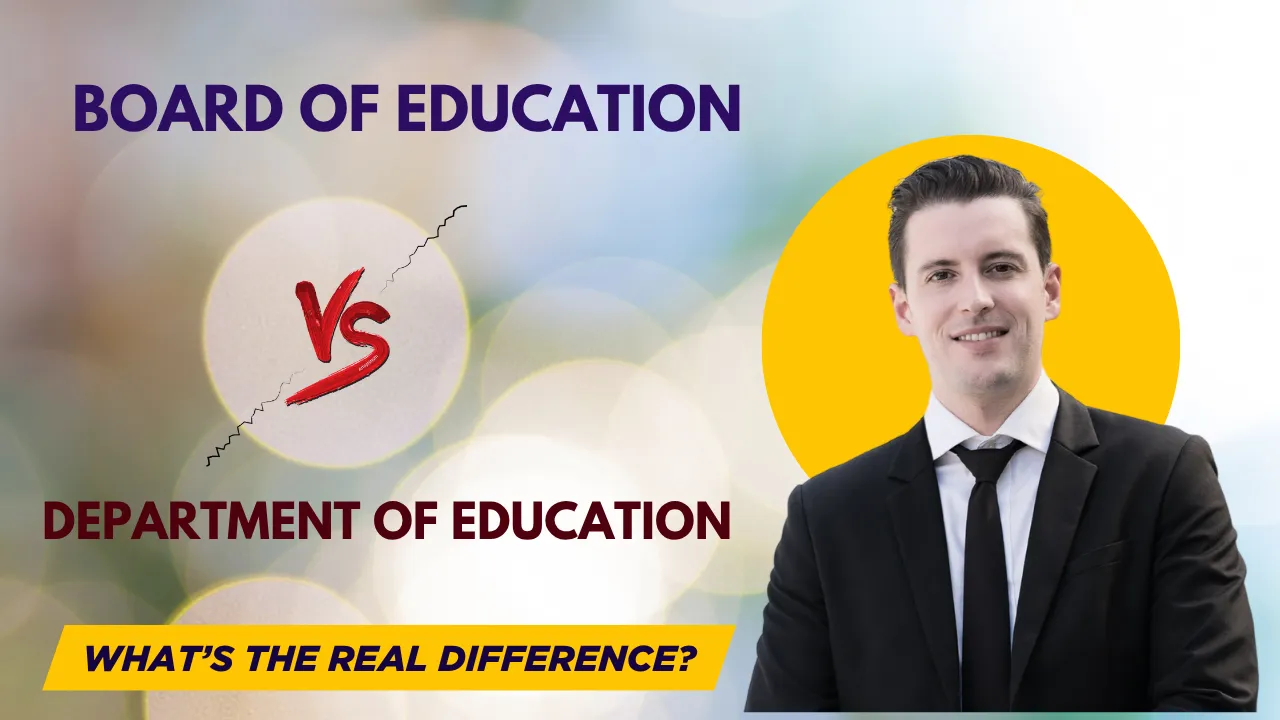Employee Knowledge: In today’s fast-paced world, companies aren’t just powered by machines, technology, or strategies—they’re driven by people. And at the heart of every high-performing business is a workforce that holds valuable insights, practical skills, and hands-on experience. But what do we actually call this unique blend of talent and insight that employees bring to work each day?
The answer lies in a term that might sound simple, but carries enormous weight: human capital. This term encompasses more than just qualifications or resumes. It includes the full range of employee knowledge, know-how, and real-world experience. From technical skills to intuitive decision-making, this form of capital is often the deciding factor in a company’s ability to innovate, adapt, and grow.
What Is Employee Knowledge
Employee knowledge refers to the combined understanding, information, and skills that individuals bring to their roles within a workplace. It includes everything from formal education and technical know-how to on-the-job experience and intuitive problem-solving. This type of knowledge isn’t limited to what’s written in manuals—it also covers the deeper, often unspoken insights that help employees navigate tasks, make informed decisions, and contribute to organizational goals. Whether it’s knowing how to manage a crisis, streamline a process, or communicate effectively with a client, employee knowledge plays a vital role in daily business operations. It supports collaboration, boosts productivity, and drives innovation when shared across teams. Recognizing and cultivating this resource helps organizations stay competitive and responsive in a rapidly changing world. Simply put, employee knowledge is the intellectual foundation that empowers people to perform effectively and grow with their organization.
Employee Knowledge
| Term | Description |
| Employee Knowledge | The combination of information, skills, and understanding used in the workplace |
| Tacit Knowledge | Personal, experience-based know-how that is hard to explain or write down |
| Explicit Knowledge | Clear, codified information found in manuals, guides, and procedures |
| Implicit Knowledge | Unwritten skills learned on the job, not yet documented but transferable |
| Know-How | Practical ability to perform tasks based on experience and skill |
| Experience | Insights and lessons developed through repeated work and real-life scenarios |
| Human Capital | The overall value of an employee’s knowledge, health, education, and skills |
| Intellectual Capital | Combines human, structural, and relational capital into a unified resource |
| Structural Capital | Organizational assets that support people—systems, software, culture, and IP |
| Workplace Learning | On-the-job training, skill development, and real-time learning from experience |
What Is Human Capital?
At its core, human capital refers to the collective economic value of people’s abilities. This includes everything from their formal education and mental agility to their creativity and decision-making instincts. In business terms, it’s a measure of how much an employee’s mind contributes to productivity and long-term value.
But it goes deeper than skills on paper. It includes health, motivation, adaptability, and a willingness to keep learning. Unlike machines or infrastructure, human capital appreciates in value when nurtured. That’s why companies who invest in training, well-being, and employee engagement often see outsized returns in performance and innovation.
Types of Employee Knowledge
Not all knowledge is created the same. Understanding its various forms helps leaders manage and transfer it effectively across the organization.
1. Explicit Knowledge
This is the type most people are familiar with—knowledge that can be easily documented, taught, and shared. It includes:
- Instruction manuals
- Process documents
- Onboarding guides
- Databases
Explicit knowledge forms the backbone of consistent operations. It’s often called “know-what”—what needs to be done, step by step.
2. Tacit Knowledge
Tacit knowledge is the opposite of explicit—it’s deeply personal, intuitive, and gained through experience. You can’t read it in a manual. It includes:
- Leadership judgment
- Conflict resolution
- Problem-solving under pressure
It’s often passed through informal mentoring or by observing others. This tacit knowledge becomes a key driver in team performance and creativity.
3. Implicit Knowledge
This sits somewhere in between. Implicit knowledge refers to useful skills and insights an employee has acquired on the job but hasn’t documented yet. Think of it as know-how waiting to be shared.
An example: an admin who finds a faster way to complete a report, but hasn’t yet shared the method with others. Once documented, this insight becomes explicit.
The Role of Know-How
Know-how is where knowledge becomes action. It’s not just understanding what needs to be done—it’s having the confidence and capability to actually do it. It blends:
- Knowledge (what you know)
- Experience (where and when you’ve applied it)
- Skill (how well you can perform)
This practical execution makes know-how critical to job performance, especially in fast-moving industries where quick thinking is key.
Why Experience Matters
Experience isn’t just about time spent in a job. It’s about learning from success and failure, developing instincts, and applying insights in real-life situations. With experience, employees can:
- Solve problems faster
- Avoid repeating mistakes
- Train others effectively
- Work independently and confidently
That’s why leaders with a broad base of experience often handle complexity better than those with only formal training. Experience shapes both employee knowledge and organizational resilience.
Intellectual Capital: Beyond the Individual
While human capital focuses on the individual, intellectual capital captures the entire intangible value of a company’s knowledge base. It includes:
- Human Capital: What individuals know and can do
- Structural Capital: Systems, tools, databases, patents, and organizational culture
- Relational Capital: External partnerships, customer loyalty, and brand trust
This triad works together to create a sustainable competitive edge. For instance, an employee’s tacit knowledge becomes far more powerful when backed by smart systems (structural capital) and trusted customer relationships (relational capital).
How to Capture and Grow Employee Knowledge
Companies often lose value when employees leave and take their knowledge with them. But there are ways to preserve and even multiply this insight:
- Create knowledge-sharing systems (wikis, internal forums, video tutorials)
- Encourage cross-functional projects to blend experience and expertise
- Promote mentorship and peer learning
- Reward documentation and innovation
- Invest in continuous workplace learning programs
- Map organizational knowledge gaps regularly and upskill accordingly
Why It All Matters
In an age of automation and AI, soft assets like employee knowledge remain irreplaceable. Machines may replicate tasks, but the understanding, creativity, and human judgment behind those tasks are uniquely valuable.
The businesses that succeed long-term will be those that view their workforce not as an expense—but as a source of renewable value. By identifying, nurturing, and distributing knowledge, companies can become smarter, faster, and more resilient.
Final Thoughts
What we often take for granted—our day-to-day skills, instincts, and shared insights—is exactly what fuels business success. From a company-wide perspective, it’s called human capital. From a personal lens, it’s your employee knowledge—the mix of learned skills, practical know-how, and experience you bring to work every day.
Here’s what you can do starting today:
- If you’re an employee: Start sharing your know-how. Write a tip. Mentor a teammate. Capture a process you improved.
- If you’re a manager: Recognize and reward undocumented knowledge. Give space for people to teach and learn.
- If you’re a business leader: Treat your people as your biggest asset—not just in words, but in investment.
Knowledge grows when it’s shared. Let’s make employee knowledge the most valued currency in your organization.
